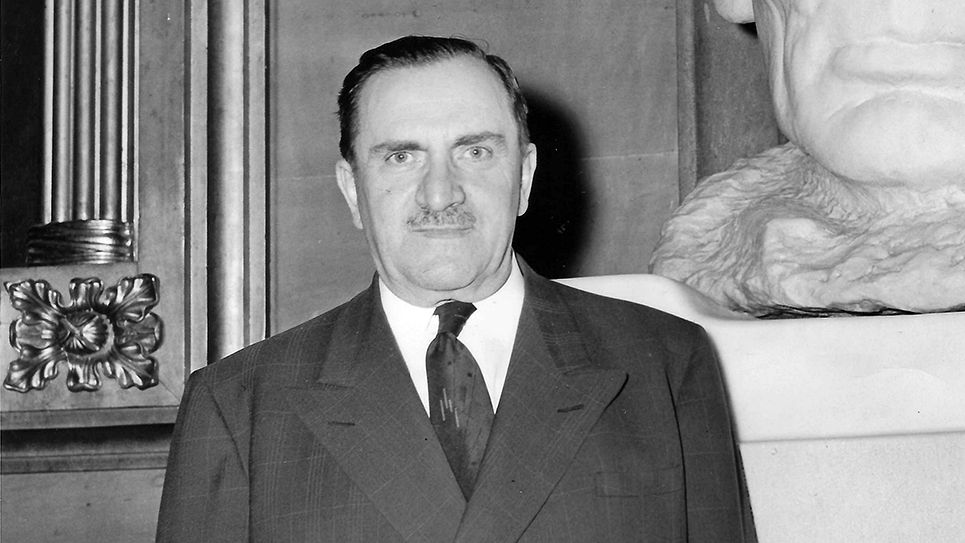A new star has appeared in the heavens, and nothing will be the same for us again.
Astrology is a pseudoscience which believes the orientation of heavenly bodies when we’re born determines our character and personality. I’m a scientist and I don’t believe in astrology. However, seeing Josie, my newborn granddaughter, causes me to question empirical science. This tiny “earthly star” melts my heart and drives me to my proverbial knees. The Wise Men were astrologers and followed the natal star of the Christ child to Bethlehem. They traveled more than a thousand miles to kneel before a baby who would change the world. My daughter’s hospital room was just across town and far grander than a manger. None the less, I imagined the manger scene as family and friends (shepherds of children) and sometimes wise men, all paid homage to this new beacon of hope.
Josie took her own sweet time, arriving almost a week “late” by the doctor’s calculations. Modern medicine does a much better job predicting due-dates than in times past. Formerly, our calculations were extrapolated from the mother’s last menstrual period. Now, the baby’s intrauterine development and milestones can be accurately observed with sophisticated ultrasound technology. Obstetricians can even measure declining amniotic fluid levels which can signify an “overdue” baby, raising the risk of fetal distress.
I must confess, the spiritual side of me now chafes at the term fetus. I rarely look up medical definitions these days, but I recently did so. Science defines a human embryo as gestational life during the first two months after conception. Then the medical term fetus is used to define a human organism from three months till birth. Folks, Josie was a baby the day before she was born, and the weeks and even months before she was delivered.
I understand that in the past an unborn was considered not human. And the ancient Greeks held that even male children (and all women) before manhood were sub-human. Even Ezekiel Emanuel (Rom’s brother) doesn’t make this claim, though some today feel more comfortable aborting a fetus instead of an intrauterine baby.
When does human life begin? Is it at the moment of conception when there is a full complement of human DNA? Or is the “embryo” only proto-life, destined to become fully human sometime later – perhaps after the teenage years? Until such time as scientists, philosophers, theologians and ethicists can define the point of transition when proto-life becomes a sentient human being with God given rights, I must side with the sacredness of life.
We come from water. Science holds that life on earth began in the sea or its tide pools. I thought about Josie, recently afloat in a salty sea just like my ancient ancestors – and me sixty-four years ago. In the first trimester (first three months) of life organs like the brain are formed and the heart begins to beat and pump blood. The organs and systems undergo further development in the second three months of intrauterine life. The last trimester is largely a time of growing strong enough to survive outside the womb’s warm and nurturing salt sea. I wondered what Josie was thinking when her mother’s water broke and labor contractions forced her ashore into a “brave new world.” From the delivery-room picture of her furrowed brow, she might say that “it’s been a rough day.”
Since we come from water, it has acquired much symbolism. An obvious example is Christian baptism. Interestingly, baptism predates Christianity. In Judaism, mikvah denotes the practice of ritual immersion which was integral to prayer and study. I find it noteworthy that Jesus began his ministry with baptism in the Jordan River by John the Baptizer.
Water covers 71% of the earth’s surface and is necessary for life, at least as we know it. Scientists continue to look for signs of water on Mars as they search for life beyond the earth. We wonder if we’re alone in the universe, comprised of more than 1018 suns/stars besides our own. This represents a vast sea of possibilities, where planets with water and life might exist. We’ve found more than 700 exoplanets circling distant suns, but none of these are like our earth as famously photographed by Apollo 8 in 1968 (Google earthrise). Science fiction has speculated that life might be constructed on a silicon base rather than carbon, or float like gas bags in a hydrogen/helium atmosphere like Jupiter’s. The SETI project, described in the movie Contact, searched for radio signals of life elsewhere in the cosmos, but to date we remain alone. (Most of us reject notions of aliens at Roswell, New Mexico.)
Our Josie-girl literally glows like a star in the heavens. John Boehner might be proud of Josie’s “tan,” but he’d be misguided. Josie has the soft glow of neonatal jaundice. The liver of newborns is still immature and often has difficulty clearing the metabolites (heme) of red blood cells. Furthermore, neonates have more red cells than adults, and their fetal hemoglobin doesn’t last as long as the mature oxygen-carrying hemoglobin infants soon acquire. Together these cause a greater load on the newborn liver. And surprisingly, breast feeding can contribute to elevated bilirubin levels and neonatal jaundice because an unknown factor in breast milk causes increased intestinal absorption of bile pigments derived from heme breakdown.
We tend to take pregnancy with labor and delivery for granted, and usually things go well. However, we shouldn’t ignore the potential for complications which can be sudden and dramatic. I’ve observed that labor and delivery can transform a healthy young person into a life threatening condition – in the blink of an eye. I may be offending some, but I believe an experienced obstetrician and modern care are important for a safe delivery and monitoring fragile newborns afterwards.
I think pictures are sometimes worth more than words, especially when those words come from a “sometimes wise” man. So I will step back and introduce you to the “Star.” World, this is Ms. Josie Johnson. Protect her with your prayers that she may grow up to be a seeker of wisdom and the stars.






